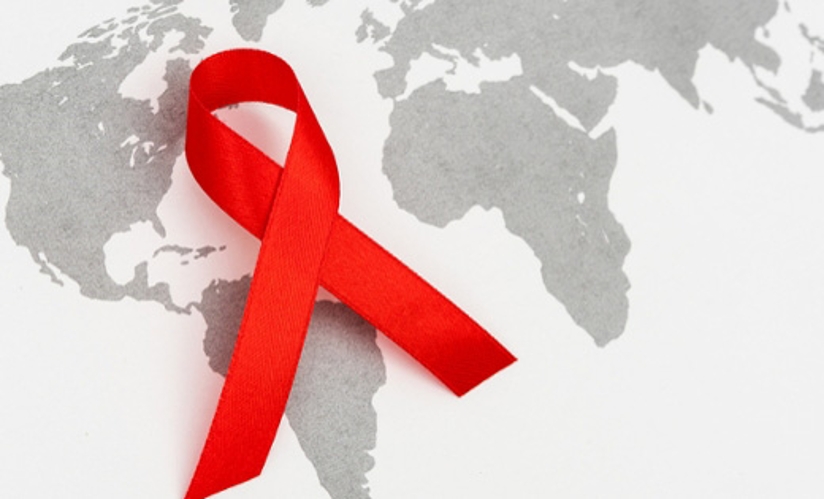For HIV patients with substance use, patient navigation, incentives don't improve outcomes

A new study funded by the National Institute on Drug Abuse of the National Institutes of Health found that among hospitalized patients with HIV infection and substance use, patient navigation (care coordination with case management) and the use of financial incentives did not have a beneficial effect on suppressing HIV after 12 months, compared to treatment as usual.
The research was published in the July 12 issue of JAMA, and was conducted by a research team from Columbia University’s Mailman School of Public Health, Emory University and the University of Miami.
At Emory, lead researchers were Carlos del Rio, MD, professor of medicine at Emory University School of Medicine and chair of the Hubert Department of Global Health at Rollins School of Public Health, and Wendy Armstrong, MD, professor of medicine at Emory School of Medicine and medical director of the Ponce de Leon Center in Atlanta, which houses the Grady Health System Infectious Disease Program.
The U.S. National HIV/AIDS Strategy calls for improved engagement in care and increased viral suppression for people living with HIV. Yet it has been estimated that only 30 percent of the 1.2 million people with HIV infection in the United States in 2011 were virally suppressed, and research conducted from 1999-2007 found that many were hospitalized with conditions preventable through HIV treatment.
The study enrolled 801 patients with HIV infection and substance use from 11 hospitals across the United States from July 2012 through January 2014. Participants were randomly assigned to receive patient navigation alone, patient navigation plus financial incentives, or treatment as usual. HIV-1 plasma viral load was measured at baseline and at six and 12 months.
Patient navigation included up to 11 sessions of care coordination with case management and motivational interviewing techniques over six months. Financial incentives (up to $1,160) were provided for achieving targeted behaviors aimed at reducing substance use, increasing engagement in HIV care, and improving HIV outcomes. Treatment as usual was the standard practice at each hospital for linking hospitalized patients to outpatient HIV care and substance use disorders treatment.
Investigators found that at the end of 12 months around 35 percent of the patients were virally suppressed with no significant differences in rates of HIV viral suppression or death among the three groups.
According to the paper’s authors, there are several possible explanations for the lack of positive results. Participation in treatment for substance use disorders was low across groups, with no decrease in overall substance use and severity of use. Although patient navigators sought to engage participants with available treatment services, several study sites were not in areas with available substance use treatment services.
Also, many study participants had multiple comorbidities in addition to substance use disorders, including poverty, racism, unstable housing, HIV-related stigma, and high rates of incarceration.
The authors note that the trial cannot rule out the possibility that financial incentives and patient navigation may be effective interventions for individuals already engaged in substance use disorders treatment.
“Our study shows that intensive, individual interventions are not sufficient to improve HIV outcomes among people not already benefiting from treatment, and other approaches are needed for this vulnerable population,” says del Rio.
“Substance use is a significant factor in poor HIV clinical outcomes, and it is essential that we continue to address this issue and overcome barriers to engaging patients in substance use treatment if we expect to control the HIV epidemic,” says Armstrong. “This includes confronting the co-morbidities associated with considerable social disadvantage that often accompany this disease.”
The study was funded by the National Institute on Drug Abuse, and at Emory additionally by the Emory Center for AIDS Research (P30AI050409) and the Atlanta Clinical and Translational Science Institute (UL1TR000454).


